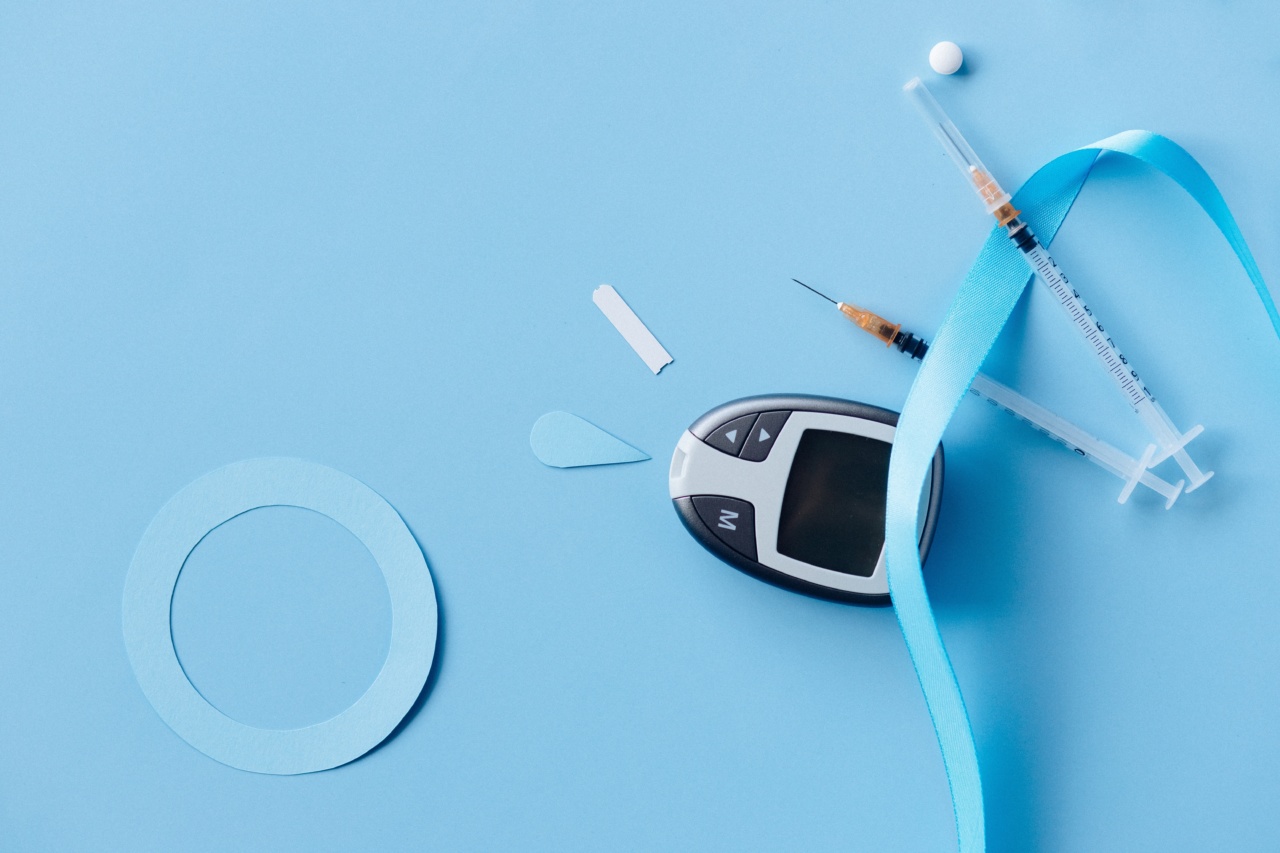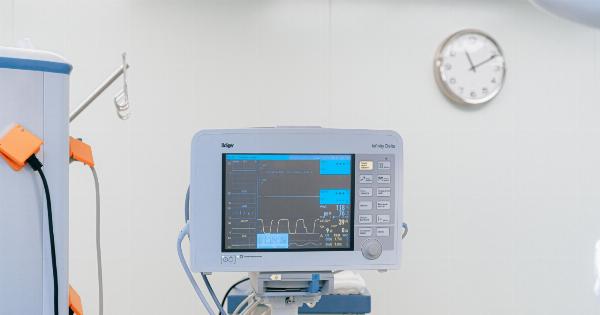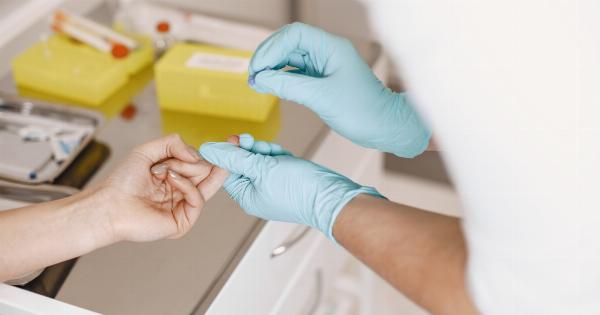Diabetes is a chronic disease that affects millions of people worldwide. There are two main types of diabetes, namely Type 1 and Type 2.
Type 1 diabetes is caused by the body’s inability to produce insulin while Type 2 diabetes is caused by the body’s inability to use insulin effectively. Insulin is a hormone that regulates blood sugar levels in the body.
For people with Type 1 diabetes, insulin therapy is the only treatment available. However, insulin therapy can be quite challenging as it requires regular blood sugar testing and insulin injections.
Moreover, insulin therapy is not foolproof and can lead to complications such as low blood sugar levels, which can be life-threatening if left untreated. That’s where the “Bionic Pancreas” comes in.
What is a “Bionic Pancreas”?
A “Bionic Pancreas” is an automated system that monitors and regulates blood sugar levels in the body without the need for manual intervention.
The device consists of two parts: a continuous glucose monitor (CGM) and a dual-chamber insulin pump. The CGM measures the blood sugar levels in the body and sends the information to the insulin pump, which then delivers the required amount of insulin or glucagon to the body.
The “Bionic Pancreas” is designed to simulate the function of the pancreas, which produces insulin and glucagon to regulate blood sugar levels in the body.
The device is programmed to adjust the amount of insulin or glucagon delivered to the body based on the user’s blood sugar levels and activity level. This automated system eliminates the need for regular blood sugar testing and manual insulin injections, making diabetes management much easier and less stressful for the user.
How does the “Bionic Pancreas” work?
The “Bionic Pancreas” works by continuously monitoring the user’s blood sugar levels using a CGM.
The CGM sensor is inserted under the skin, usually on the abdomen, and measures the glucose levels in the interstitial fluid continuously. The sensor sends the data wirelessly to a smartphone or other device, which displays the current blood sugar levels.
The “Bionic Pancreas” uses a sophisticated algorithm to calculate the amount of insulin or glucagon needed to regulate the user’s blood sugar levels.
The algorithm takes into account the user’s activity level, food intake, and other factors that may affect blood sugar levels. Based on this information, the system automatically delivers the required amount of insulin or glucagon to the body.
The insulin pump and glucagon pump are located in two separate chambers.
The insulin pump delivers insulin when the user’s blood sugar levels are too high, while the glucagon pump delivers glucagon when the user’s blood sugar levels are too low. The “Bionic Pancreas” system continuously adjusts the amount of insulin or glucagon delivered to the body, making sure that the user’s blood sugar levels are within the normal range at all times.
Benefits of the “Bionic Pancreas”
The “Bionic Pancreas” offers several benefits over conventional diabetes treatment methods, including:.
- No need for regular blood sugar testing.
- No need for manual insulin injections.
- No need for complicated diabetes management routines.
- Better blood sugar level control, reducing the risk of long-term complications.
- Improved quality of life for people with diabetes.
Current and Future Uses of the “Bionic Pancreas”
The “Bionic Pancreas” is currently being used in clinical trials to assess its effectiveness and safety in diabetes management.
The results of these trials have been very promising, and the device is expected to receive FDA approval in the near future.
The “Bionic Pancreas” is not only useful for people with Type 1 diabetes but also for people with Type 2 diabetes who require insulin therapy.
Furthermore, the device has other potential uses, including the management of gestational diabetes and the prevention of hypoglycemia in critically ill patients.
Conclusion
The “Bionic Pancreas” is a revolutionary device that offers a new approach to diabetes management.
This innovative device has the potential to transform the lives of millions of people worldwide, making diabetes management less complicated and time-consuming. The device is expected to receive FDA approval in the near future, bringing hope to people with diabetes and their families.




























